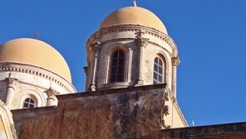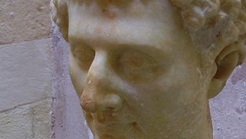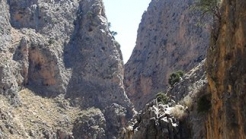

Greece
The museum Crete chemistry, is in operation since 1996 and is hosted in building the State Laboratory of Chania.
Represents the first public laboratory in Greece, which was founded in Chania in 1900, on the initiative of John Vamvaka.
The laboratory, during the Second World War was bombed, with the result that the exhibits presented today, is one of the which were rescued from the ruins.
In this area, are presented as exhibits chemical reagents, distillation apparatus and measurement, thermometers, pycnometers, microscopes, n.e.c.
Also, a small space is dedicated to architect John Vamvaka, in which there is a library of old books chemistry, a desk and the decree 143 of the Cretan state of 1900, which is signed by the High Commissioner of Crete, Prince George, from whom was formalized the operation of commercial laboratory.


The Monastery of Agia Triada of Τzagkarolon was built in the early 17th century by wanne Ιeremia and Larentio,venetian-cretan family of Τzagkarolon in smaller, property of hieromonk Joachim and Sofianou.


The catholicon of venetian Monastery of San Francesco accomodate the Archaeological Museum of Chania. As Archaeological Museum was opened in 1963.


Continuing west of Anopolis on Sfakia, you will find Aradaina, a literally deserted village. A visit here to wander through the paths, the gardens and the half demolished stone houses which unfortunately the bridge couldn’t save from decay, is well worth it.
1039 Ε 6061 01515 00